
Nanofiltration Membranes (NF)
If you are looking for a professional nanofiltration membranes (nf) in China, then Shanghai CM can be your first choice. CM has been an expert nf membranes supplier in China since 2009.
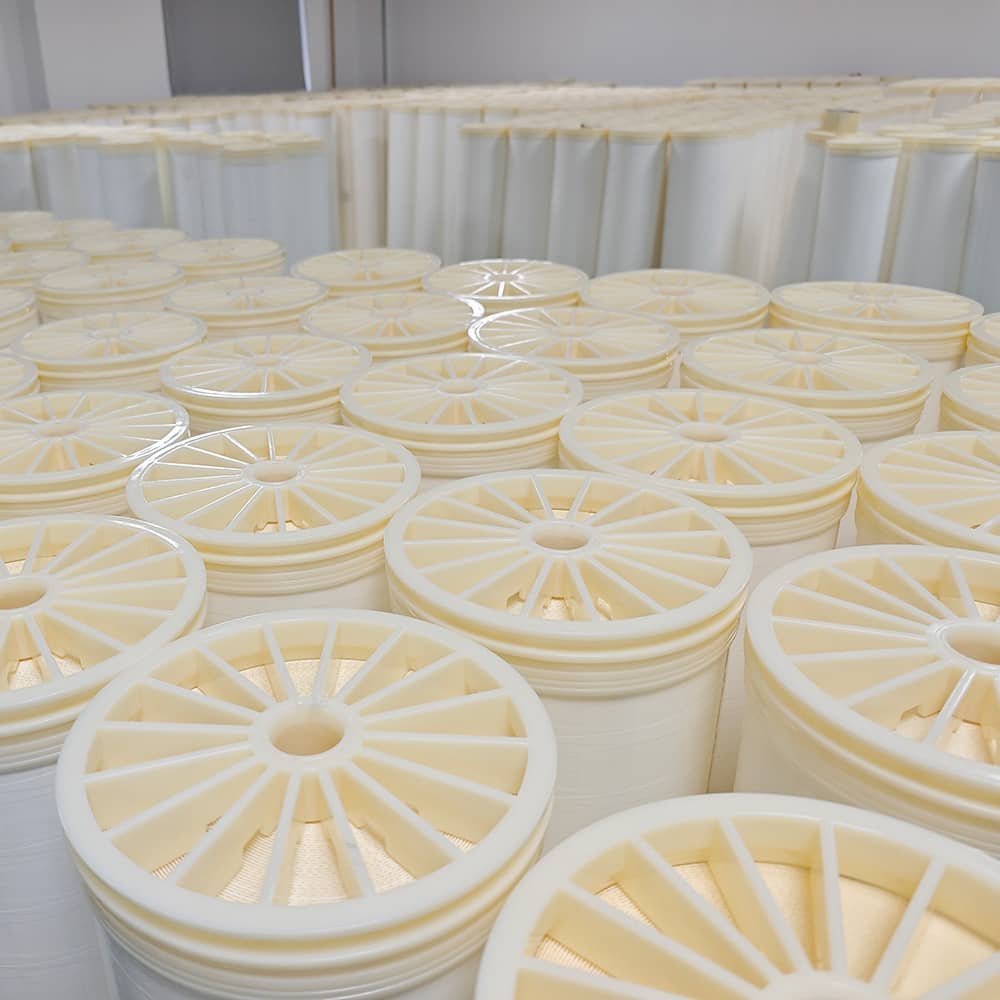
System Design
Support system customized design, please tell us your needs and we will provide you with the best solution
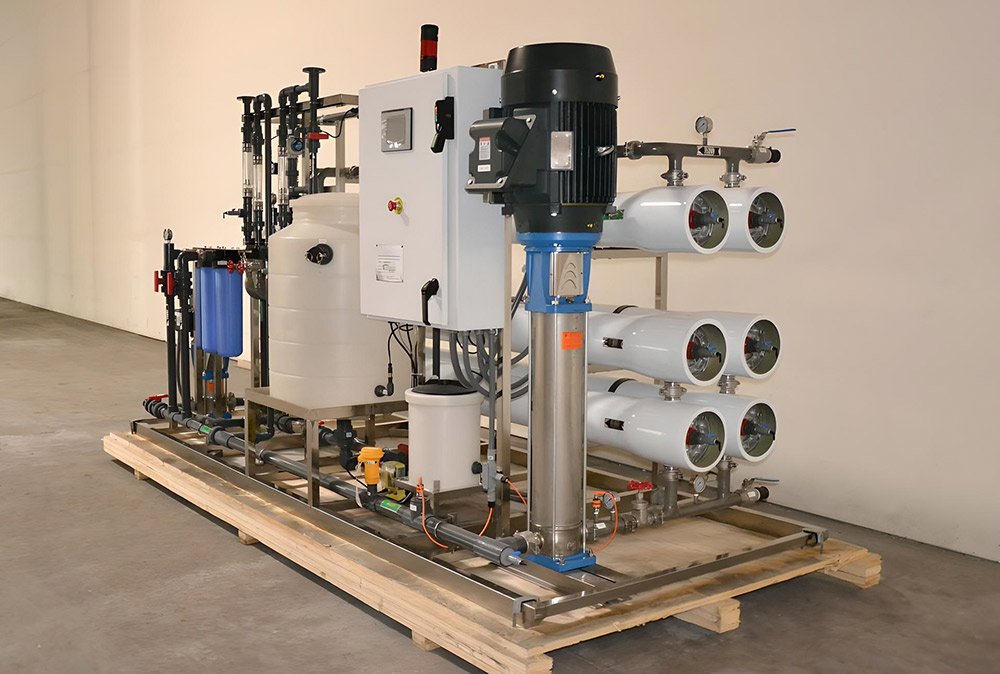
Advanced Nanofiltration System
State-of-the-art nanofiltration technology designed for optimal water treatment efficiency and reliability.
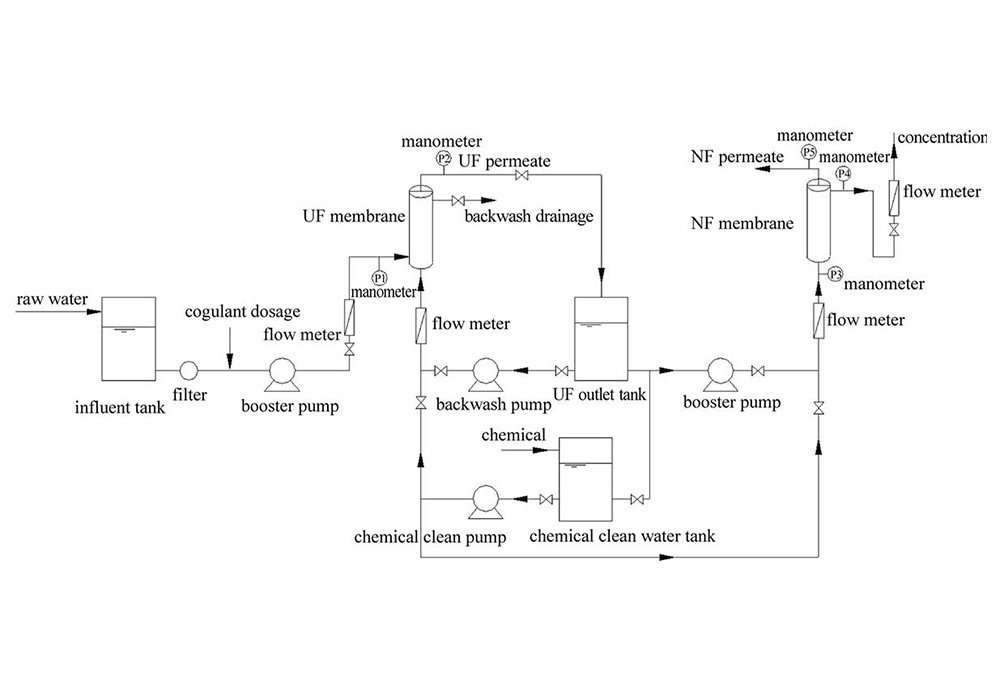
Custom System Blueprint
Tailored system designs engineered to meet specific industrial requirements and operational standards.
Production Lines and Warehouses
Our state-of-the-art manufacturing facilities and warehouses ensure quality production and efficient logistics management
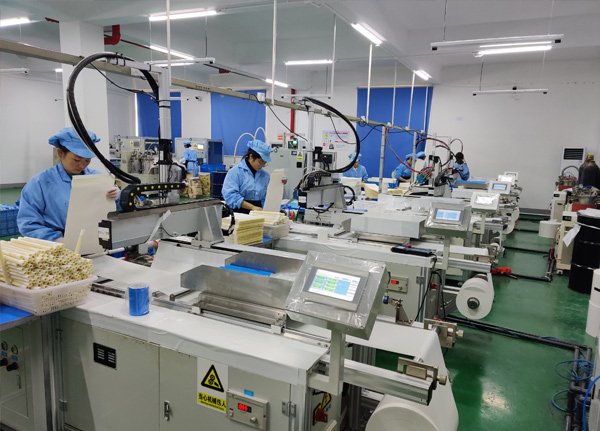
Automated Production Line
High-efficiency automated systems for precision manufacturing
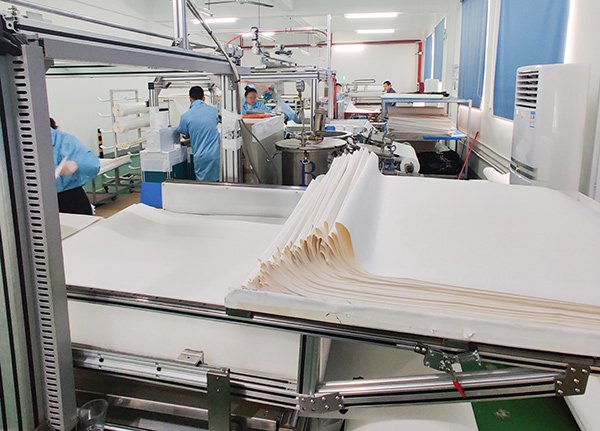
Quality Control Station
Rigorous testing and quality assurance processes
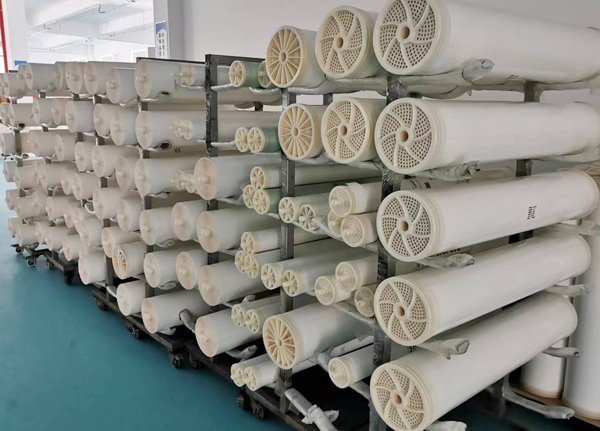
Assembly Workshop
Skilled technicians ensuring precise component assembly
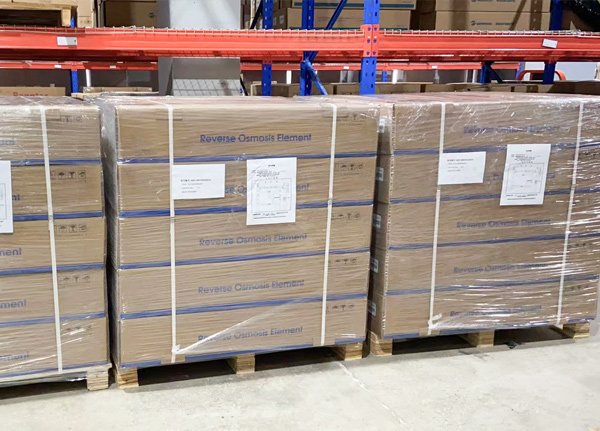
Testing Laboratory
Advanced testing equipment for product validation

Warehouse Storage
Organized inventory management and storage systems
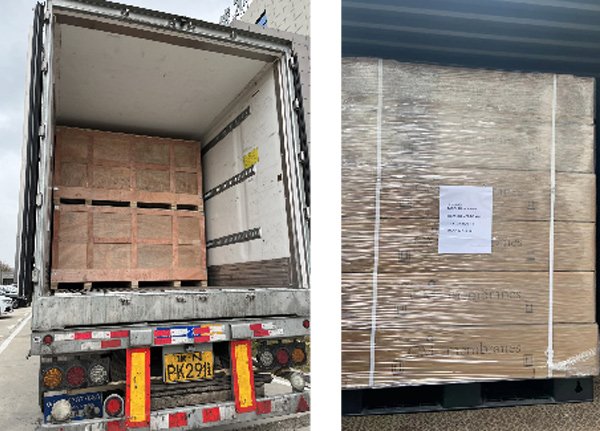
Logistics Center
Efficient packaging and shipping operations
Ready to Start Your Custom Project?
Contact our engineering team to discuss your specific requirements and get a tailored solution designed for your needs.
RO vs NF: Understanding the Difference
Explore the key differences between Reverse Osmosis and Nanofiltration membrane technologies
Key Distinction
Although RO and NF are very similar, they can be distinguished based on the size of particles each is capable of removing. Both technologies can remove finer contaminants than MF and UF, including hardness, nitrates, sulfates, TDS, heavy metals, radionuclides, and organic macromolecules.
Reverse Osmosis (RO)
RO is the best of all membrane filtration systems, with extremely small pore sizes. Developed in the 1950s, it's primarily used for desalination - producing drinking water from seawater or brackish water sources.
Key Applications:
-
Seawater desalination
-
Brackish water treatment
-
Industrial process water (printing industry)
-
Complete ion removal
Nanofiltration (NF)
NF has a slightly coarser filtration effect than RO. This relatively new technology was developed primarily for drinking water production, offering selective removal capabilities.
Key Features:
-
Removes pesticide compounds
-
Filters organic macromolecules
-
Retains beneficial minerals
-
Selective ion removal
Comparison Summary
| Aspect | Reverse Osmosis (RO) | Nanofiltration (NF) |
|---|---|---|
| Pore Size | 0.1 nm (smallest) | 0.002-0.005 μm |
| Development Era | 1950s (established) | Recent technology |
| Primary Use | Desalination | Drinking water production |
| Ion Selectivity | Removes all ions | Selective removal |
| Mineral Retention | No | Yes (beneficial minerals) |
Nanofiltration Membrane Technology
Understanding the Filtration Principles and Ion Rejection Mechanisms
What is Nanofiltration?
Nanofiltration membrane is a revolutionary separation technology that emerged in the late 1980s. With pore sizes ranging from 1-2nm, these membranes bridge the gap between reverse osmosis and ultrafiltration systems.

Filtration Principles
Nanofiltration operates through a combination of size exclusion and electrostatic interactions, making it highly effective for selective ion separation and molecular filtration.
Ion Rejection Performance
Divalent Ions (Higher Rejection)
Monovalent Ions (Lower Rejection)
Experimental Research Conclusions
Valence Impact
Ion valence significantly affects rejection rates. Cation valence has greater impact than anion valence on overall membrane performance.
Complex Ions
Nanofiltration membranes demonstrate higher rejection rates for complex ions compared to simple ionic species.
Shannon Radius
Ion rejection correlates with Shannon radius - anions follow the same pattern while cations show opposite behavior.
Industrial Applications
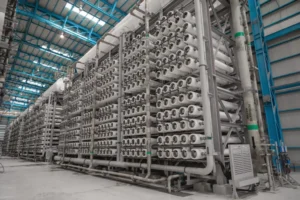
Water Treatment
Municipal and industrial water purification

Food Processing
Concentration and purification processes

Pharmaceutical
Drug purification and separation

Chemical Industry
Process separation and recovery
Learn More About Membrane Technology
Stay tuned for our next article featuring detailed experimental processes and specific ion rejection data from Blue Membrane Water Treatment.

